What we do
Transforming education in DRC
What We Do
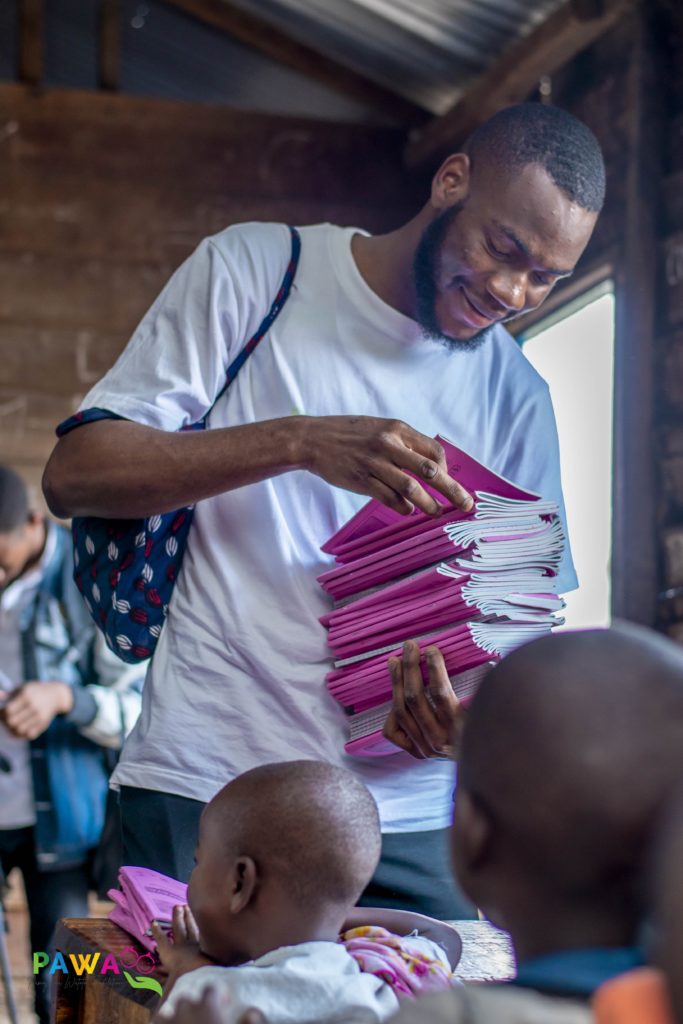
01.
Access to education
The DRC’s education system is plagued by low coverage, low quality, and inadequate educational infrastructure, particularly in rural areas. Access to quality education is an utopian dream for many children in the Democratic Republic of the Congo, owing to factors such as poverty, armed conflicts, language barriers, and gender roles. Many children in Eastern Democratic Republic of Congo, for example, are likely to miss out on education due to the region’s long history of armed conflict. According to USAID, 3.5 million children in Democratic republic of the Congo of primary school age are not in school, and of those who do attend, 44% start school late, after the age of six.
Education is a right that many children in remote areas, conflict zones, and low-income communities in the DRC do not have. Our approaches as a youth-led organization is to promote access to education through innovation, advocacy, resource mobilization, and infrastructure development. Over the next 15 years, we plan to develop, deploy, and scale digital, equitable, and affordable strategies to improve access to education for all children in disadvantaged communities in the Democratic Republic of the Congo.
Our pawa scholarship program seeks to provide access to education to out of school children, this program as well support schools in rural communities with educational materials.
02.
Foundational learning skills
Education for all, without regard to race, gender, region, or religion, is one of the sustainable development goals that UN member countries have set for 2030. This is due to the fact that educated people are more likely to achieve rapid growth. Literacy rates are lowest in low-income countries such as Sub-Saharan Africa, Latin America, and South Asia. This is also reflected in their GDP and Human Development Index differences.
Low-income countries are facing an education crisis in addition to low literacy rates. This translates to children under the age of ten being unable to read and comprehend a small text, perform a small paragraph. According to the recent World Bank report (2022), in 2019 education poverty was estimated at 57% in low-income countries. Up to 86% in the Sub-Saharan Africa region. This situation worsened with the advent of the Coronavirus pandemic, where the learning crisis rate rose to 70% globally in 2022.
Literacy and numeracy are critical requirements for lifelong learning and development; however, more children from grade 1 primary school to grade 3 are unable to read a single word, and those in grade 4 are unable to complete a simple mathematical operation. It is critical to develop and implement programs that will assist more children in developing literacy and numeracy skills for developed societies, employability, and lifelong learning.
Our education action for displaced children(Action pour l’éducation des déplacés) (ACEDEP) is a pilot program that aims to improve literacy and numeracy skills among displaced children by establishing learning centres in camps and remote locations.
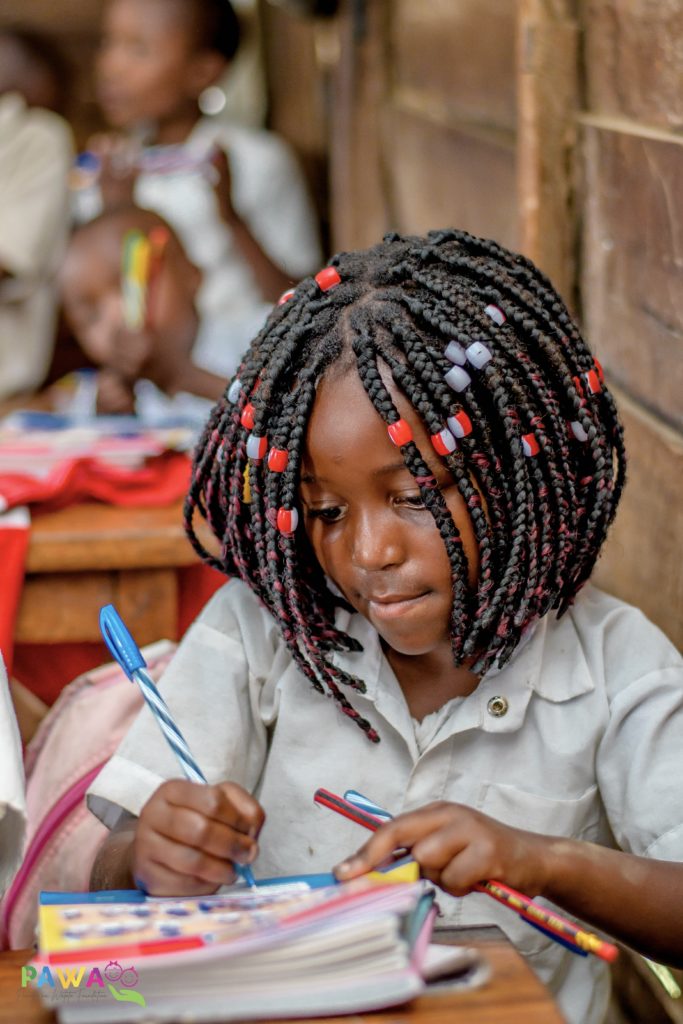
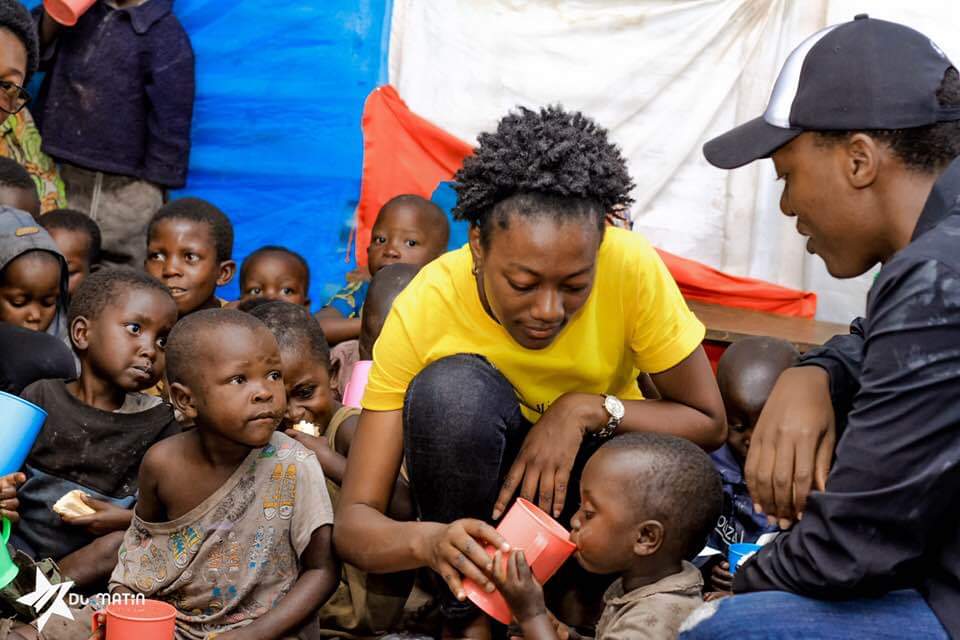
03.
Zero hunger in school
Hunger has a significant impact on children’s academic performance. Many children from low-income families go to school hungry, despite the fact that physical and cognitive development, which supports learning and productivity, necessitates an army of nutrients and micronutrients. If hunger has a negative impact on children’s school performance by lowering their effort and cognition during school hours, access to meals in schools will improve long-term learning. We have established a program called Cup of Uji to ensure that students in rural areas receive a cup of porridge and bread during their school break.
04.
Digital for all
End poverty and tape into global economy through digital learning.
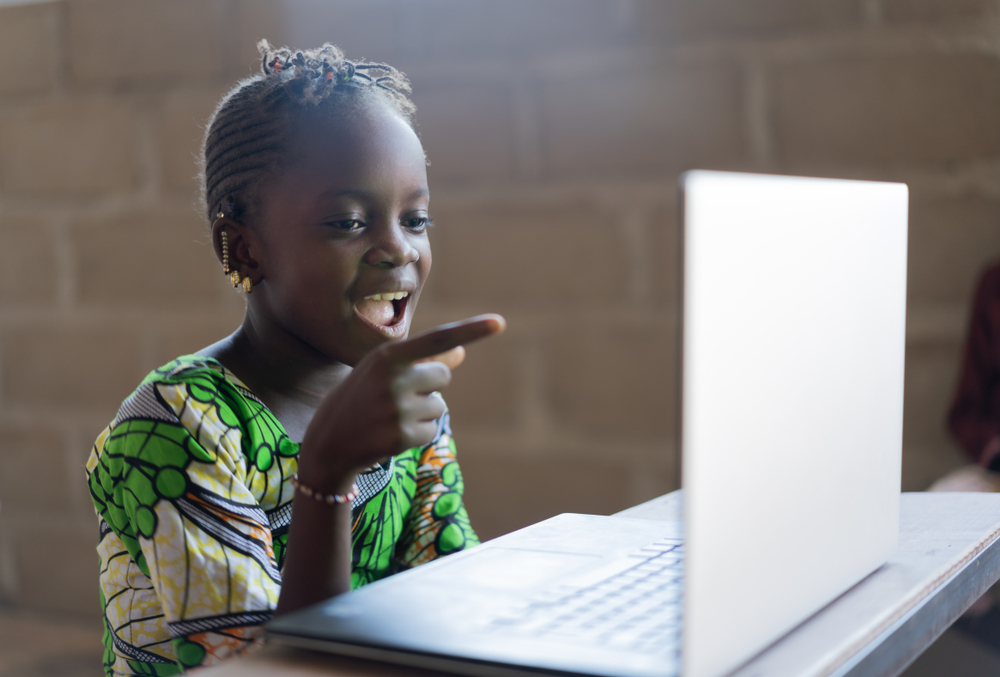
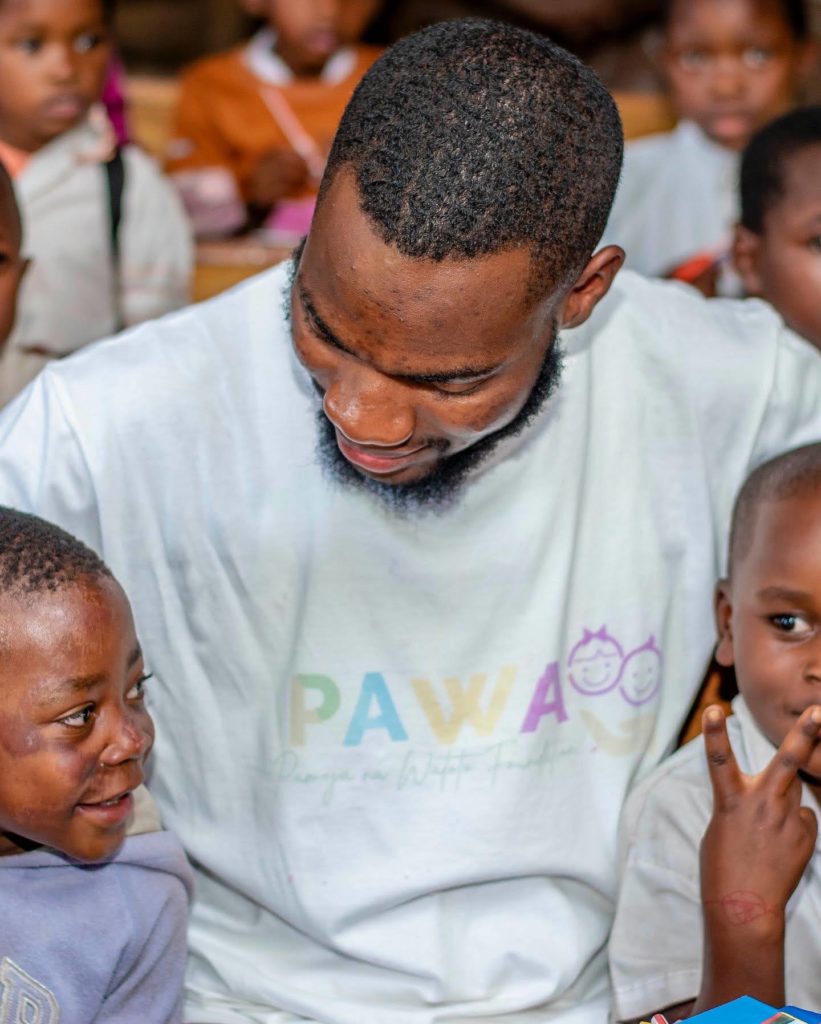
05.
Counseling and Compassion
Providing counseling, care and compassion to children who have have been victim of rape, neglect, traffic and for dysfunctional families.
